magnetic separation chemistry
magnetic separation chemistry
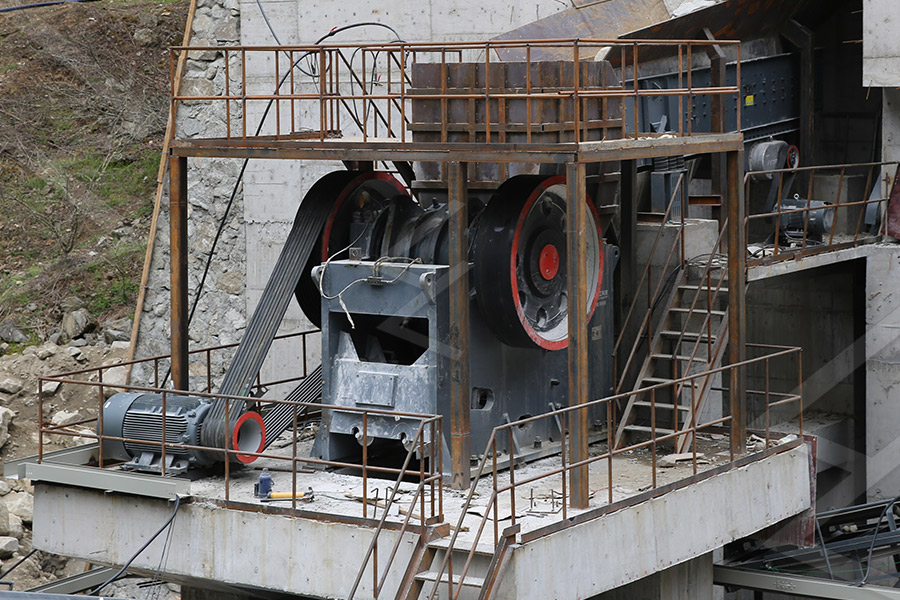
Magnetic Separation - an overview | ScienceDirect Topics
Magnetic separation takes advantage of the fact that magnetite is strongly magnetic (ferromagnetic), hematite is weakly magnetic (paramagnetic), and most gangue minerals are not magnetic (diamagnetic). A simple magnetic separation circuit can be seen in Figure 1.2.5 [9].A slurry passes by a magnetized drum; the magnetic material sticks to the drum, while the
Read More
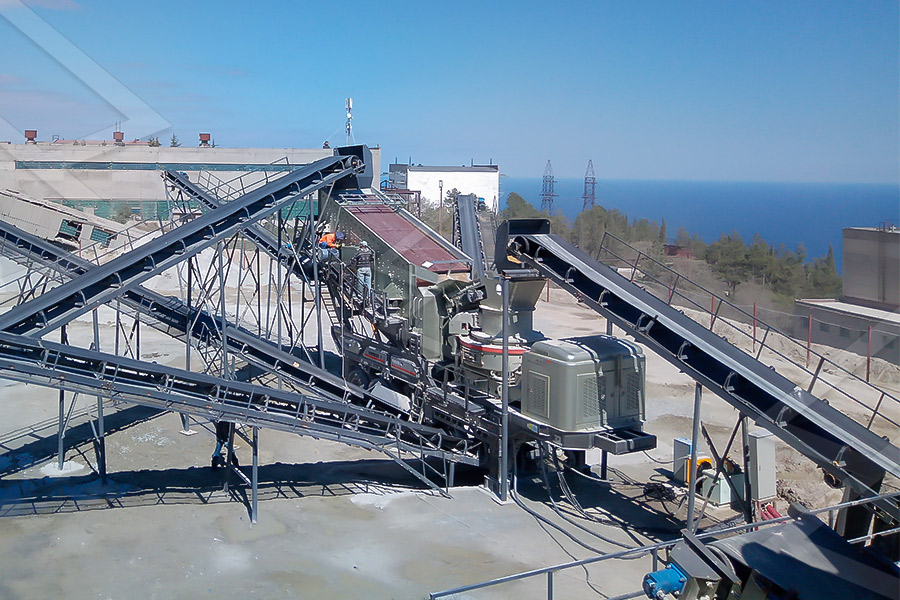
What is magnetic separation? - ChemistryRack
2021-8-3 · The magnetic separation is a physical separation technique which is based mixtures or using the magnetic properties of the material , such as its sensitivity to the attraction or repulsion magnets. It is also known as magnetization, because the objects that can be separated by this technique are magnetized by the magnetic field of the magnets.
Read More
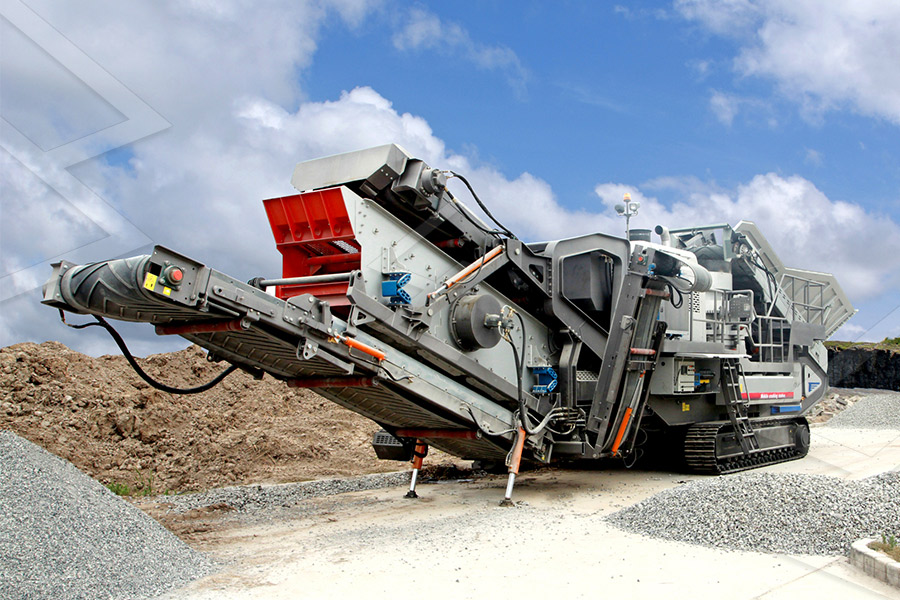
Magnetic separation : Class 6 Chemistry Lesson ...
2021-5-14 · Magnetic separation. Magnetic Separation done with the help magnet. Magnetic material attracts to magnet pole and non-magnetic substance will be separate out. This technique mostly use in purification of metals from their ores.
Read More
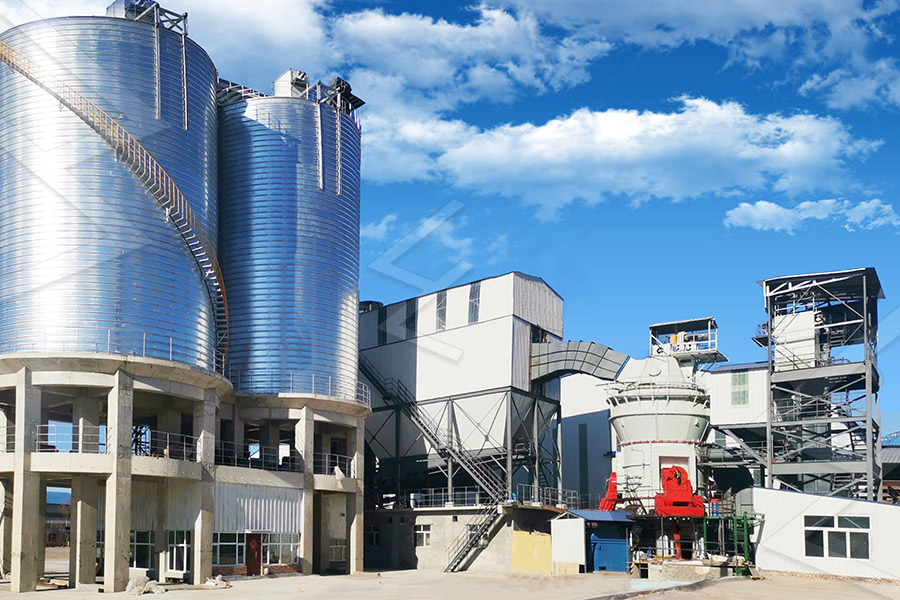
Magnetic separation in the chemical processing industry ...
2019-11-6 · Magnetic separation applications in the chemical processing industry are as diverse as the industry itself. The vast differences in chemistry among polymers, acids, rubbers, plastics, wet and dry chemicals, and pharmaceuticals are essential factors to consider when choosing magnetic separation equipment. By Eric Confer Each application presents unique challenges
Read More
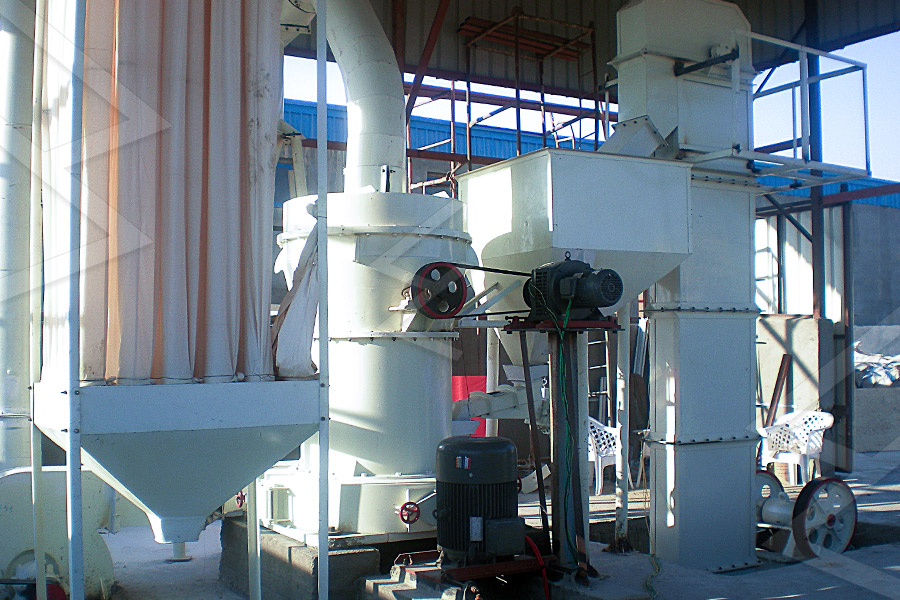
Magnetic Seperation
2002-2-13 · Magnetic separation takes advantage of differences in the magnetic properties of minerals. Minerals fall into one of three magnetic properties: ferromagnetic, paramagnetic and diamagnetic. Ferromagnetic minerals are
Read More
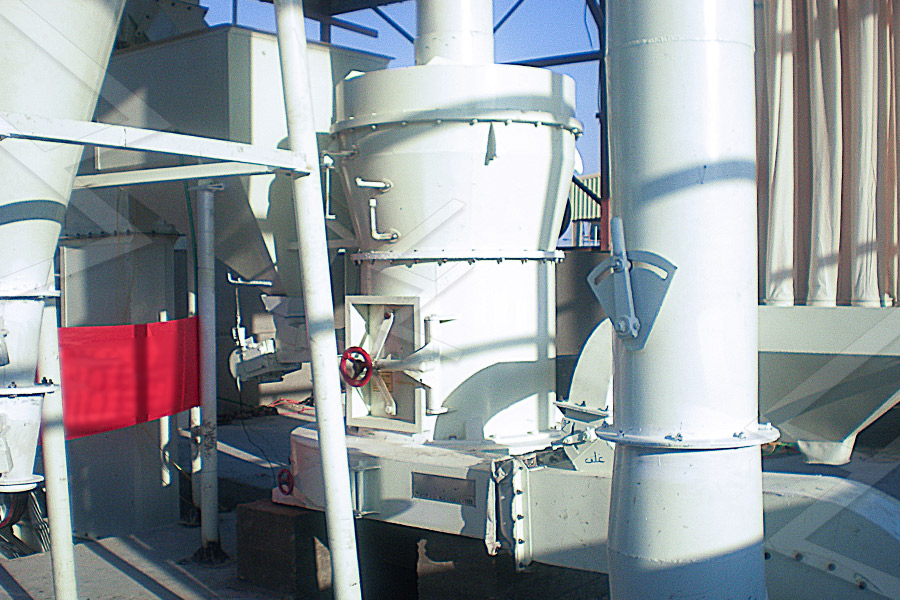
Magnetic separation: its application in mining, waste ...
The use of strong magnetic field gradients and high magnetic fields generated by permanent magnets or superconducting coils has found applications in many fields such as mining, solid state chemistry, biochemistry and medical research. Lab scale or industrial implementations involve separation of ma
Read More
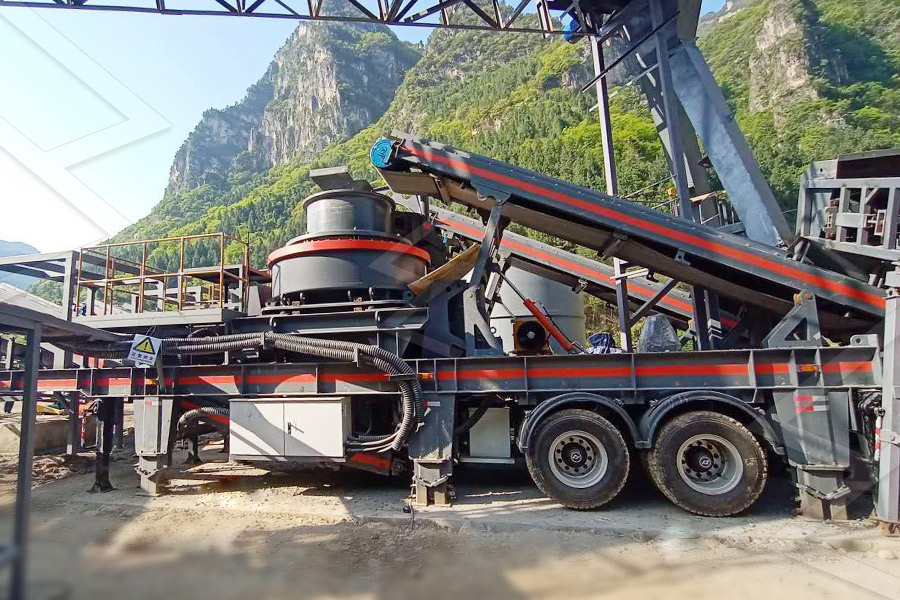
magnetic separation - Chemistry - TopperLearning ...
2020-5-16 · Magnetic Separation: 1.This is based on differences in magnetic properties of the ore components. 2.If either the ore or the gangue is attractedby a magnetic field, then magnetic separations are carried out. For example, iron ores. 3.The ground ore is carried on a conveyer belt which passes over a magnetic roller.
Read More

SEPARATION TECHNIQUES - Sepali's Chemistry Guide
2017-11-12 · Magnetic Separation This method of separation is exemplified by the separation of iron filings. A mixture with iron filings as one of the components can be separated using a magnet to attract the iron particles away from the mixture. Fig 4: Chromatography Chromatography Chromatography is an advanced technique of separation in which individual
Read More
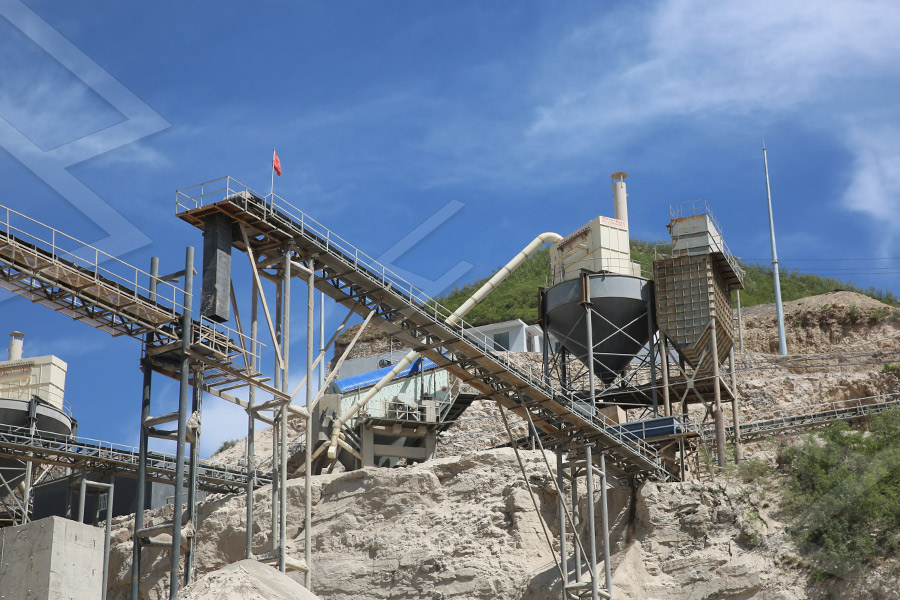
Give some examples of magnetic separation. - Chemistry
2022-2-4 · Magnetic Separation is one of the most common and important physical separation techniques. Magnetic Separation is which separating components of mixtures by using magnets to attract magnetic materials or magnetically susceptible particles or bodies are separated from non-magnetic particles.
Read More

Magnetic separation in the chemical processing industry ...
2019-11-6 · Magnetic separation applications in the chemical processing industry are as diverse as the industry itself. The vast differences in chemistry among polymers, acids, rubbers, plastics, wet and dry chemicals, and pharmaceuticals are essential factors to consider when choosing magnetic separation equipment. By Eric Confer Each application presents unique challenges
Read More

Magnetic Seperation
2002-2-13 · Magnetic separation takes advantage of differences in the magnetic properties of minerals. Minerals fall into one of three magnetic properties: ferromagnetic, paramagnetic and diamagnetic. Ferromagnetic minerals are
Read More
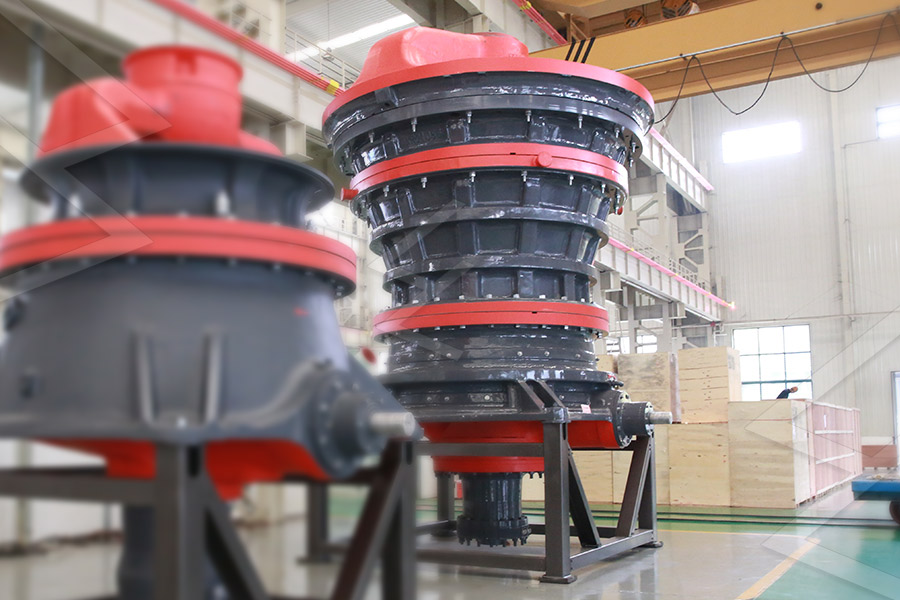
Magnetic particles for the separation and purification of ...
2006-10-25 · Magnetic separation is an emerging technology that uses magnetism for the efficient separation of micrometre-sized para- and ferromagnetic particles from chemical or biological suspensions. Enrichment of low-grade iron ore, removal of ferromagnetic impurities from large volumes of boiler water in both conventional and nuclear power plants, or ...
Read More

Magnetic Separation Method - Mineral
2015-6-24 · Magnetic Separation Method. Magnetic separation is a process used to separate materials from those that are less or nonmagnetic. All materials have a response when placed in a magnetic field, although with most, the effect is
Read More

Give some examples of magnetic separation. - Chemistry
2022-2-4 · Magnetic Separation is one of the most common and important physical separation techniques. Magnetic Separation is which separating components of mixtures by using magnets to attract magnetic materials or magnetically susceptible particles or bodies are separated from non-magnetic particles.
Read More
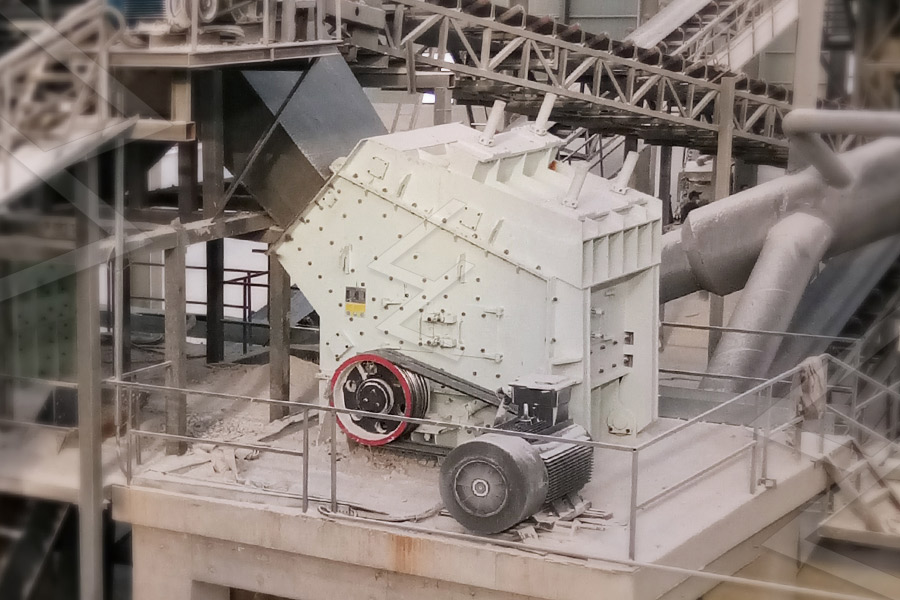
Magnetic Separation of Pollutants for Environmental ...
2022-1-1 · Abstract. Magnetic adsorbents are composed of magnetic materials for magnetic separation and functional molecules for adsorption of substances. Depending on the properties of the functional molecules used, it is possible to adsorb various pollutants such as harmful organic compounds, heavy metals, and radioactive substances.
Read More
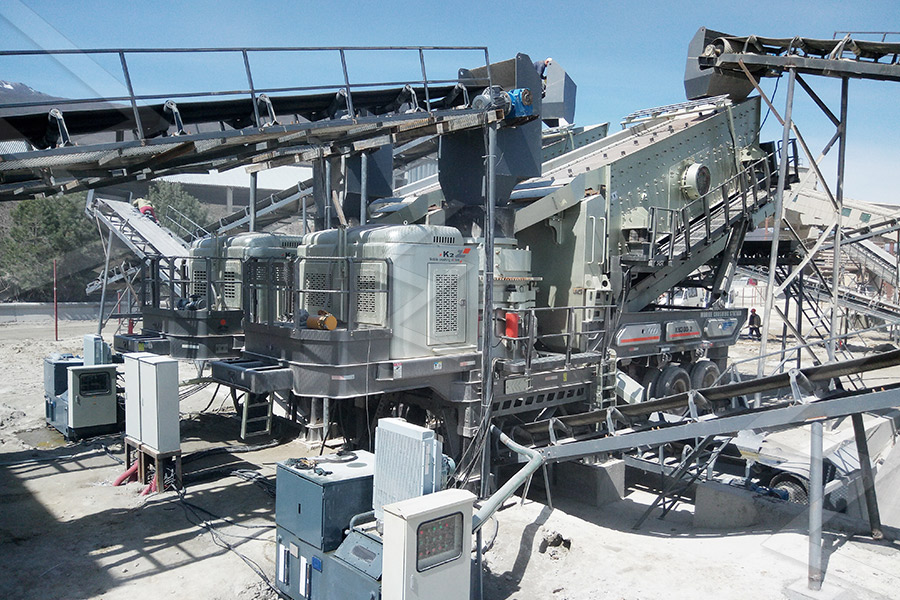
Magnetic separation: its application in mining,
2017-7-21 · The use of strong magnetic field gradients and high magnetic fields generated by permanent magnets or superconducting coils has found applications in many fields such as mining, solid state chemistry, biochemistry
Read More

SEPARATION TECHNIQUES - Sepali's Chemistry Guide
2017-11-12 · Magnetic Separation This method of separation is exemplified by the separation of iron filings. A mixture with iron filings as one of the components can be separated using a magnet to attract the iron particles away from the mixture. Fig 4: Chromatography Chromatography Chromatography is an advanced technique of separation in which individual
Read More

What Is Magnetic Separation? (with pictures)
2022-1-28 · Magnetic separation is an industrial process where ferromagnetic contaminants are recovered from materials on the production line. Manufacturers use this to extract useful metal, separate recycling, purify materials, and perform a wide variety of other tasks. Manufacturers of magnetic separation equipment may have a range of products available ...
Read More
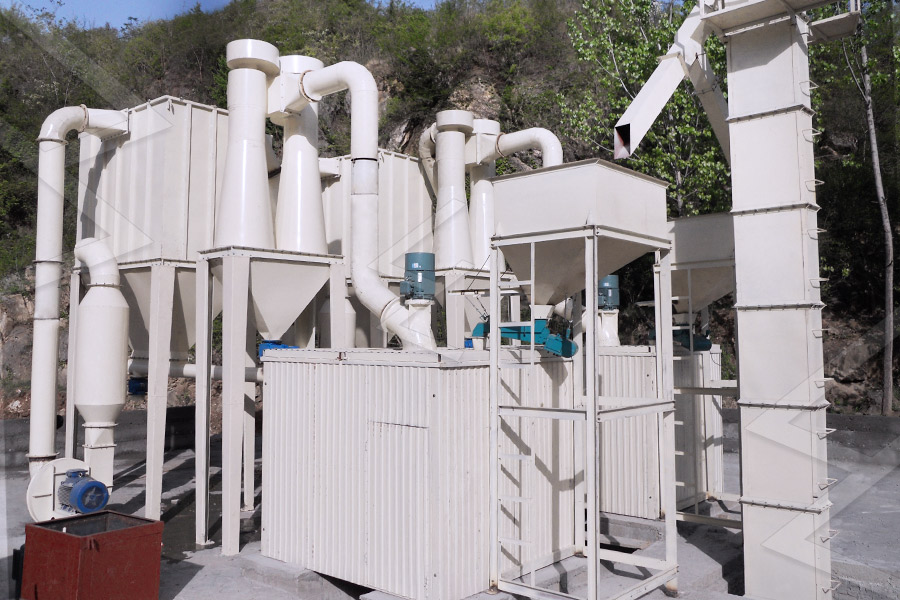
Magnetic Resonance in Chemistry - Wiley Online Library
The comparison of 13 C solid-state magic angle spinning (MAS) NMR experiments based on two different polarization transfers—CP and INEPT—can be used to investigate the state of starch and other molecules in starch-based food products. Line shapes and peak positions, as well as the interplay between the CP and INEPT intensities, provide information concerning
Read More
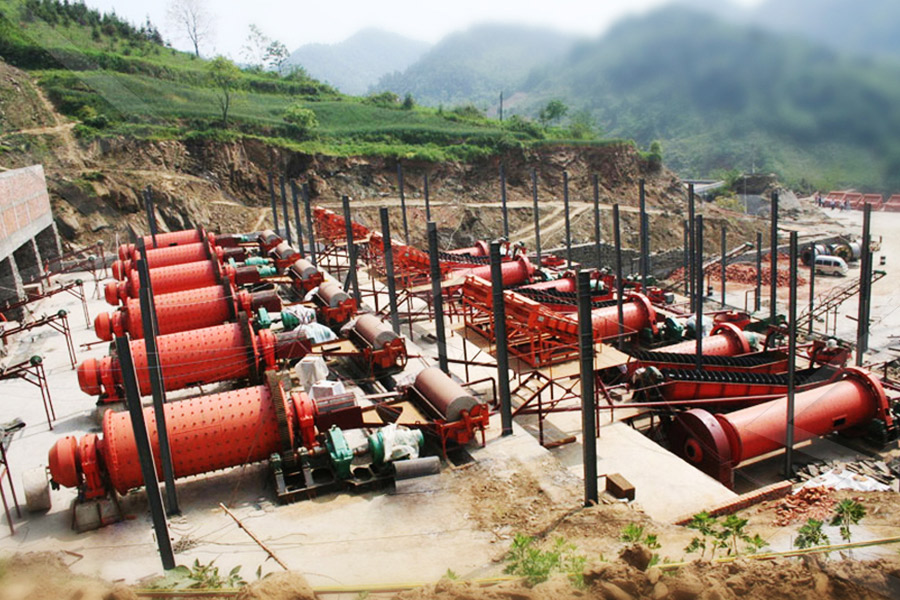
magnetic separation chemistry - thetipsypizza
2021-2-12 · Magnetic separation applications in the chemical processing industry are as diverse as the industry itself. The vast differences in chemistry among polymers, acids, rubbers, plastics, wet and dry chemicals, and pharmaceuticals are essential factors to consider when choosing magnetic separation equipment.
Read More

Magnetic separation: Its application in mining, waste ...
The application of magnetic separation to superconducting inorganic phases is of particular interest in combination with ceramic combinatorial chemistry to
Read More
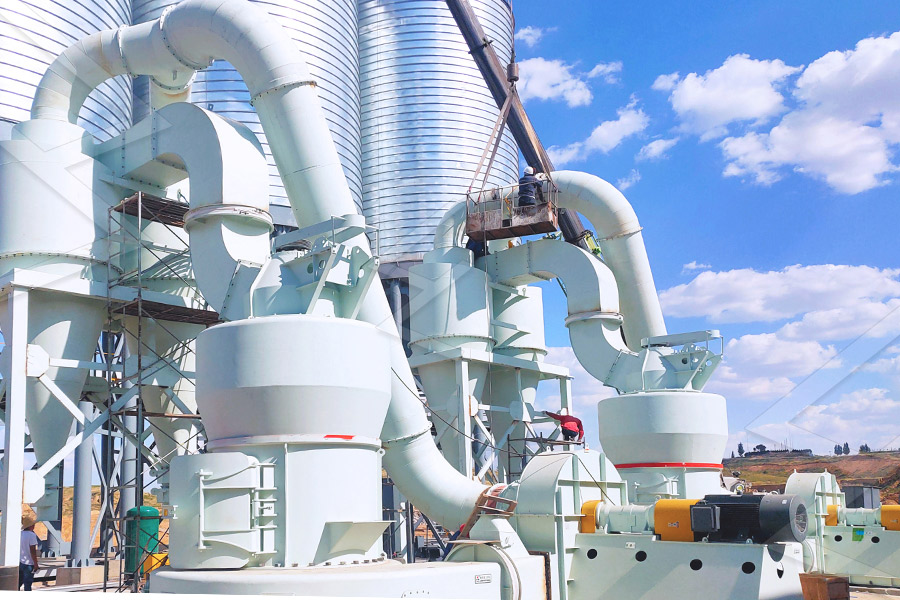
magnetic separation in chemistry
magnetic separation process chemistry XinHai sales representatives are available for live chat now KS3 ScienceChemistry Quiz on quot SOLUTIONS and... Know More. Magnetic Separation Chemistry. Magnetic Separation Chemistry Magnetic Separation Process 2015-07-15 Magnetic fields When any mineral is exposed to a magnetic field it is either drawn by ...
Read More
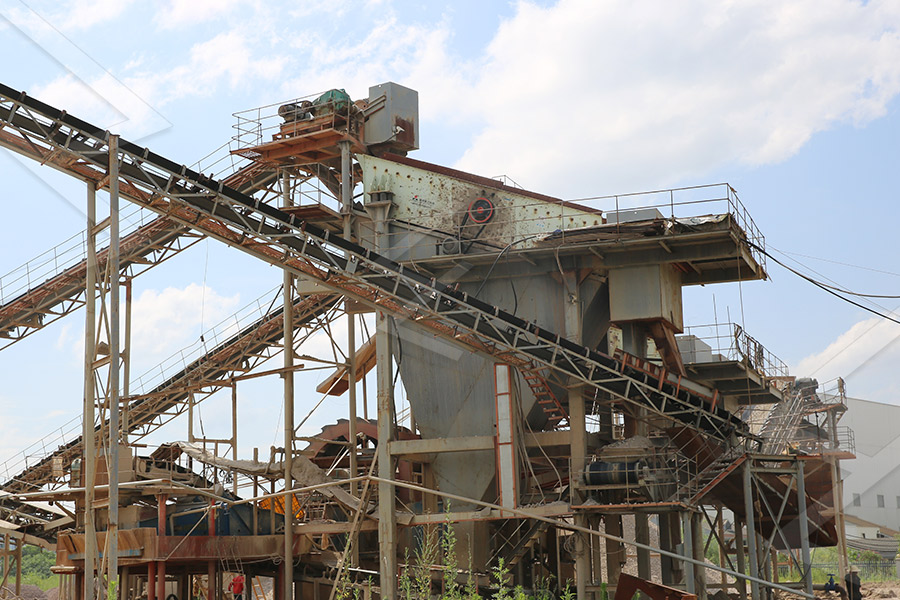
Working principle and application of magnetic
2016-12-6 · Magnetic separation is a versatile technique used in sample preparation for diagnostic purpose. For such application, an external magnetic field is applied to drive the separation of target entity (e.g. bacteria, viruses,
Read More
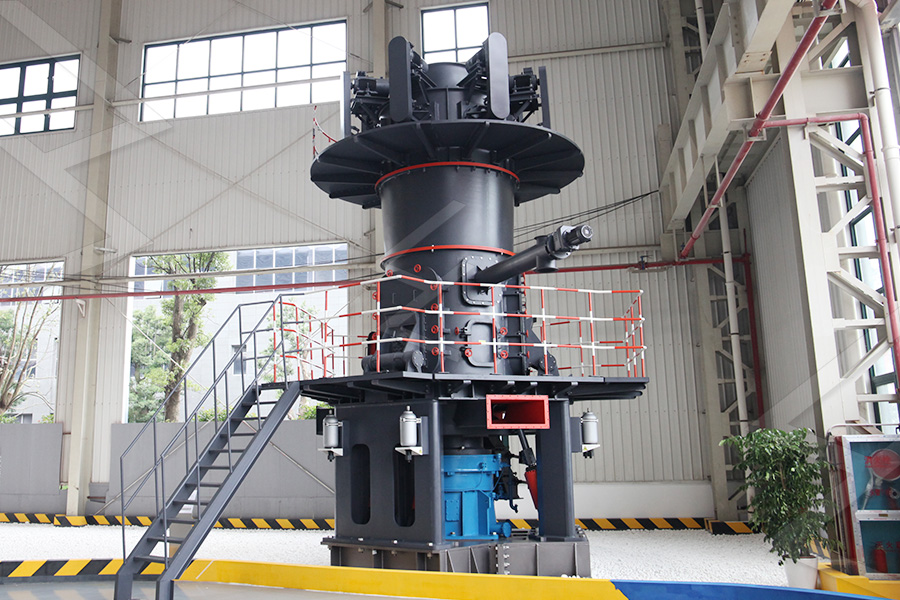
Magnetic Separation of Pollutants for Environmental ...
2022-2-10 · Magnetic adsorbents are composed of magnetic materials for magnetic separation and functional molecules for adsorption of substances. Depending on the properties of the functional molecules used ...
Read More

Magnetic particles for the separation and purification of ...
2006-10-25 · Magnetic separation is an emerging technology that uses magnetism for the efficient separation of micrometre-sized para- and ferromagnetic particles from chemical or biological suspensions. Enrichment of low-grade iron ore, removal of ferromagnetic impurities from large volumes of boiler water in both conventional and nuclear power plants, or ...
Read More

What Is Magnetic Separation? (with pictures)
2022-1-28 · Magnetic separation is an industrial process where ferromagnetic contaminants are recovered from materials on the production line. Manufacturers use this to extract useful metal, separate recycling, purify materials, and perform a wide variety of other tasks. Manufacturers of magnetic separation equipment may have a range of products available ...
Read More
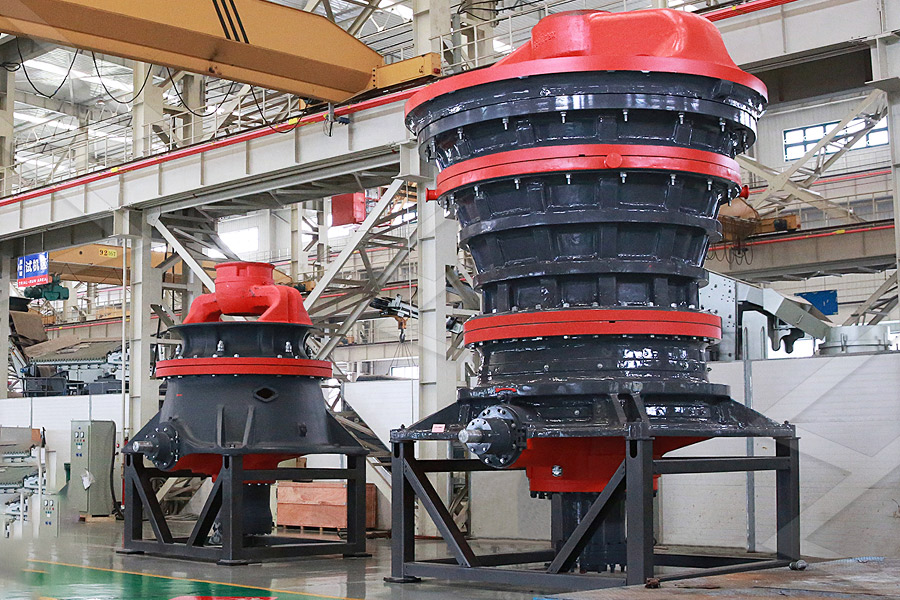
Physical Separation Methods - Filtration, Centrifugation ...
Magnetism. In this technique of separation, a magnet is used to separate the magnetic components from a mixture. This method can only be used when the given mixture contains a magnetic component like iron, nickel, cobalt etc. This process is widely used in waste management where the magnet is used to separate metal from discarded waste.
Read More

Magnetically Recoverable Catalysts: Beyond
2018-7-18 · Magnetically recoverable catalysts received considerable attention in the last decade due to possibility of magnetic separation, allowing for easy recovery with a minimal catalyst loss. In addition, it leads to conservation of
Read More

Magnetic Resonance in Chemistry - Wiley Online Library
The comparison of 13 C solid-state magic angle spinning (MAS) NMR experiments based on two different polarization transfers—CP and INEPT—can be used to investigate the state of starch and other molecules in starch-based food products. Line shapes and peak positions, as well as the interplay between the CP and INEPT intensities, provide information concerning
Read More
- << Previous:Mobile Limestone Crusher Suppliers In Malaysia
- >> Next:Double Roll Crusher Design
Related Information:
- digunakan bijih besi pemasok crusher malaysia
- about ball mill machine
- open pit mining and quarrying
- paddle mixer manufacturers
- grinding ball mill machine c grinding ball mill
- stone crusher plant in maharashtra
- crusher manufacturer in rajasthan jodhpur
- gold mine of india
- electrical mining equipment
- high efficiency mining equipment tank agitating
- mobile jaw crusher price in india
- bottle crusher price
- used fine grinding mill equipment
- crusher batubara spesifikasi teknis
- how to start a stone quarry business in nigeria
- working system of vsi crusher
- jual beli mesin crusher pasir besi
- feldspar grinding mill
- china crusher plant in ethiopia 200 tph
- methods of processing iron ore
- price list of wet grinder
- what crusher suitable for crushing
- fluorescent bulb compactors
- laporan mesin crusher
- ball mill product size distribution
- buy jaw crusher price in nigeria
- ball mill drive system
- calcium carbonate 2 micron mill manufacturer
- ceramic grinding beads
- grinder rubber belt
